Market Penetration Examples: Strategies to Scale Your Business
Increasing market penetration is the easiest way to grow your business. That's because it doesn't require developing new products or expanding into different markets. All you need to do is increase the sales volume of your existing product or service in the existing markets.
How can you achieve that?
That's exactly what we explore in the article! We start by looking at some successful market penetration examples. Next, we discuss various levers that you can pull to drive market penetration and dissect a few concepts that you may need.
Market penetration examples
What companies are known for an outstanding market penetration strategy? Let's have a look at a few examples.
Amazon
As an online retail business, Amazon has completely dominated the American market.
It's current market share is pegged at around 49%. In contrast, eBay, the second most successful e-commerce business commands only around 6.6% of the market share.
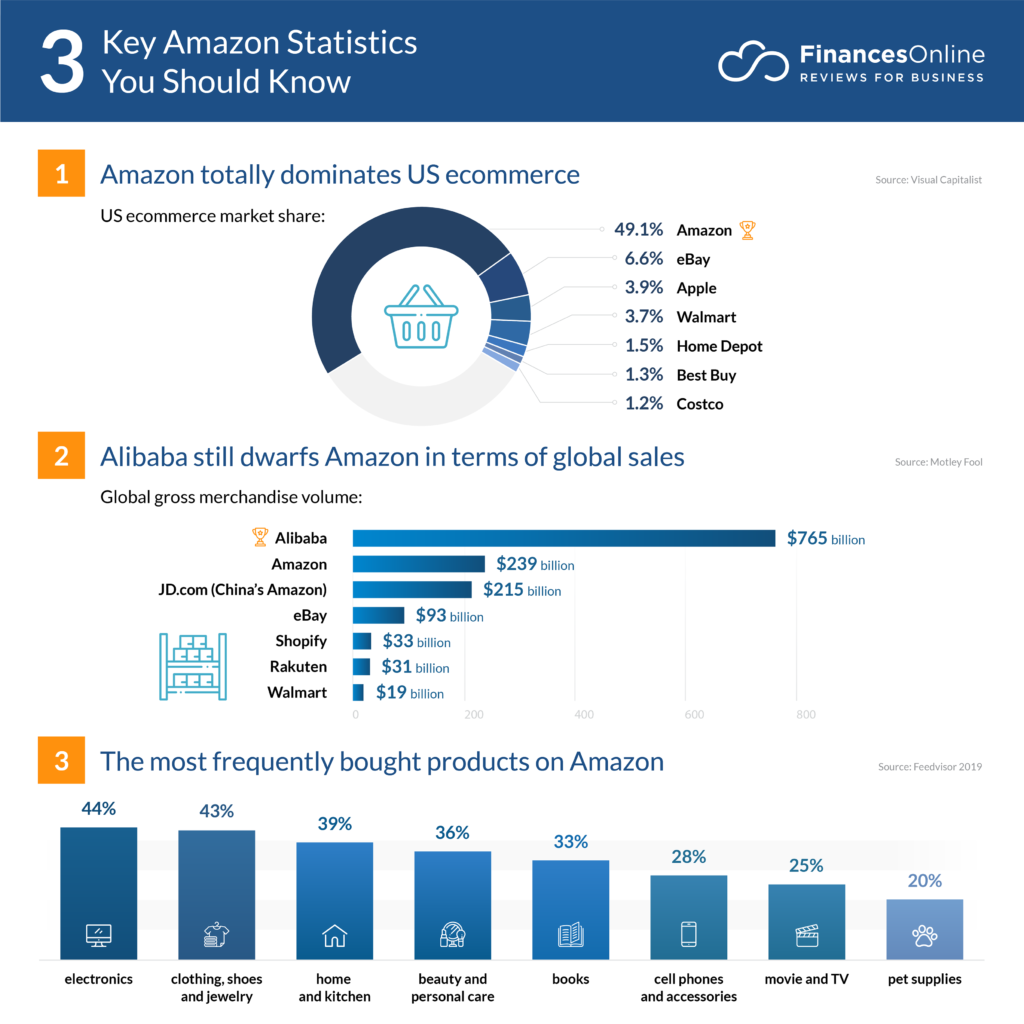 Source: Finances Online
Source: Finances Online
How does Amazon achieve such dominance?
For starters, it uses a range of marketing techniques, like multi-media advertising, to promote its goods. To improve the accuracy of the marketing efforts, the company uses AI and machine learning to personalize the offer for their customers.
To drive repeated custom and customer loyalty, Amazon offers bulk discounts, subscriptions, and Amazon Prime.
The latter gives the company an enormous advantage as no other retailers have the infrastructure and can afford to match their delivery times (not to mention the added benefits of services like Prime Video and Music, which are even more difficult to compete against).
Finally, the company invests in technology that allows customers to purchase and consume their products more easily like the Kindle e-readers.
Apple iPhone
Apple is another company that has nailed its market penetration with iPhone. In the US, over 50% of smartphone users have iPhones.
Apple relies on a number of methods to drive its iPhone sales. Two of them stand out in particular: product innovation and strong community.
When the first iPhone launched in 2007, it revolutionized the mobile phone market. Since then, the company has innovated its flagship product by making it more functional and making its users' lives easier.
Thanks to innovation and skillful marketing, the company has developed a community of devoted fans who drive the sales of the new models.
It's very unlikely that the fanboys and fangirls out there would want to switch to competing products.
However, if they did, it wouldn't be easy because of the whole ecosystem of interconnected devices and services that Apple has created around its products. Losing access to your iTunes library is not a very appealing idea, is it?
 Source: Flurry
Source: Flurry
Adobe
Adobe is a major force in the graphic design software market. The company claims that over 90% of the world's creative professionals from different sectors use its best-known product, Photoshop.
How does the company manage to achieve such deep market penetration?
First, Photoshop is the gold standard when it comes to quality. It's by far the most advanced and sophisticated graphic design product out there, and Adobe is constantly developing it to satisfy its customer needs better.
Photoshop comes as a part of the whole ecosystem of graphic design products which massively expands its functionality but also makes it difficult to compete against. Competitors may be able to beat one of the products but not all of them.
The advanced functionality comes with a steep learning curve. However, this isn't a downside in the case of Photoshop. Once the users invest time to develop their proficiency, they are very unlikely to switch to competing products.
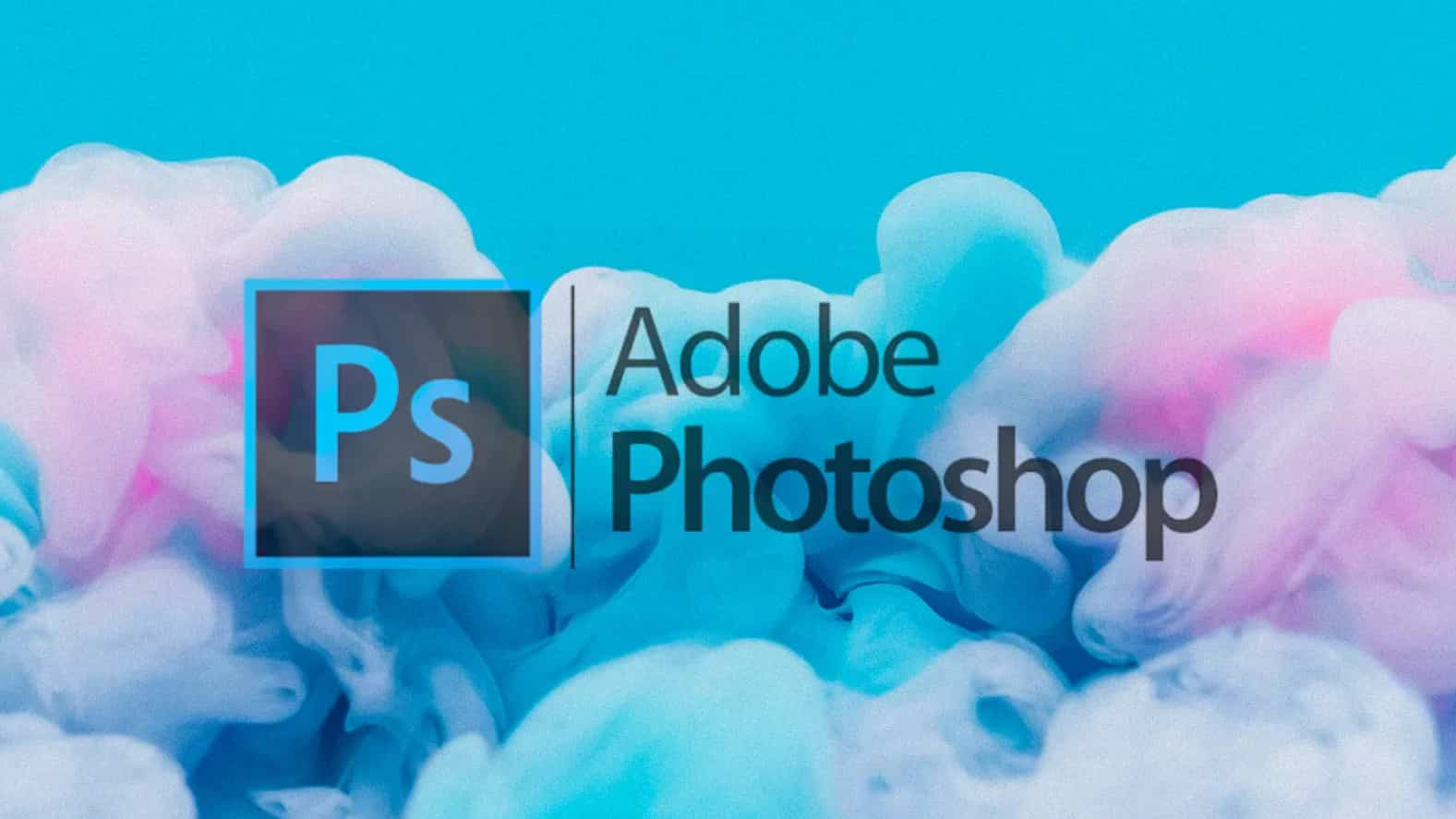 Source: Debug Point News
Source: Debug Point News
Coca-Cola
Coca-Cola is an undisputed leader in the soft-drink market and one of the most recognizable brands in the world.
How does the company do it?
For starters, the company leverages its strong brand and uses aggressive advertising to drive sales. This includes prime-time TV adverts and sports event sponsorship.
The company has also increased its market penetration through acquisitions of rivals. These included Smartwater and Vitaminwater, Fuze Beverage, and Honest Tea.
Finally, Coca-Cola has expanded its product offer to suit a wider range of client tastes. Apart from the Original full-fat drink, you can now get sugar- and caffeine-free variants and different flavors.
 Source: Media Post
Source: Media Post
Starbucks
With almost 36,000 shops in 83 countries, Starbucks is the world’s largest coffee shop chain.
Its penetration strategy relies on increasing the number of shops and speeding up the ordering process. So apart from adding new shops to its chain, the company has transformed many of them into express and pick-up stores where you can order in advance using your mobile.
But it's not only about numbers and speed for Starbucks. The company has managed to move up the market with its roasteries and Reserve stores, which appeal to the more affluent professional consumers and coffee connoisseurs.
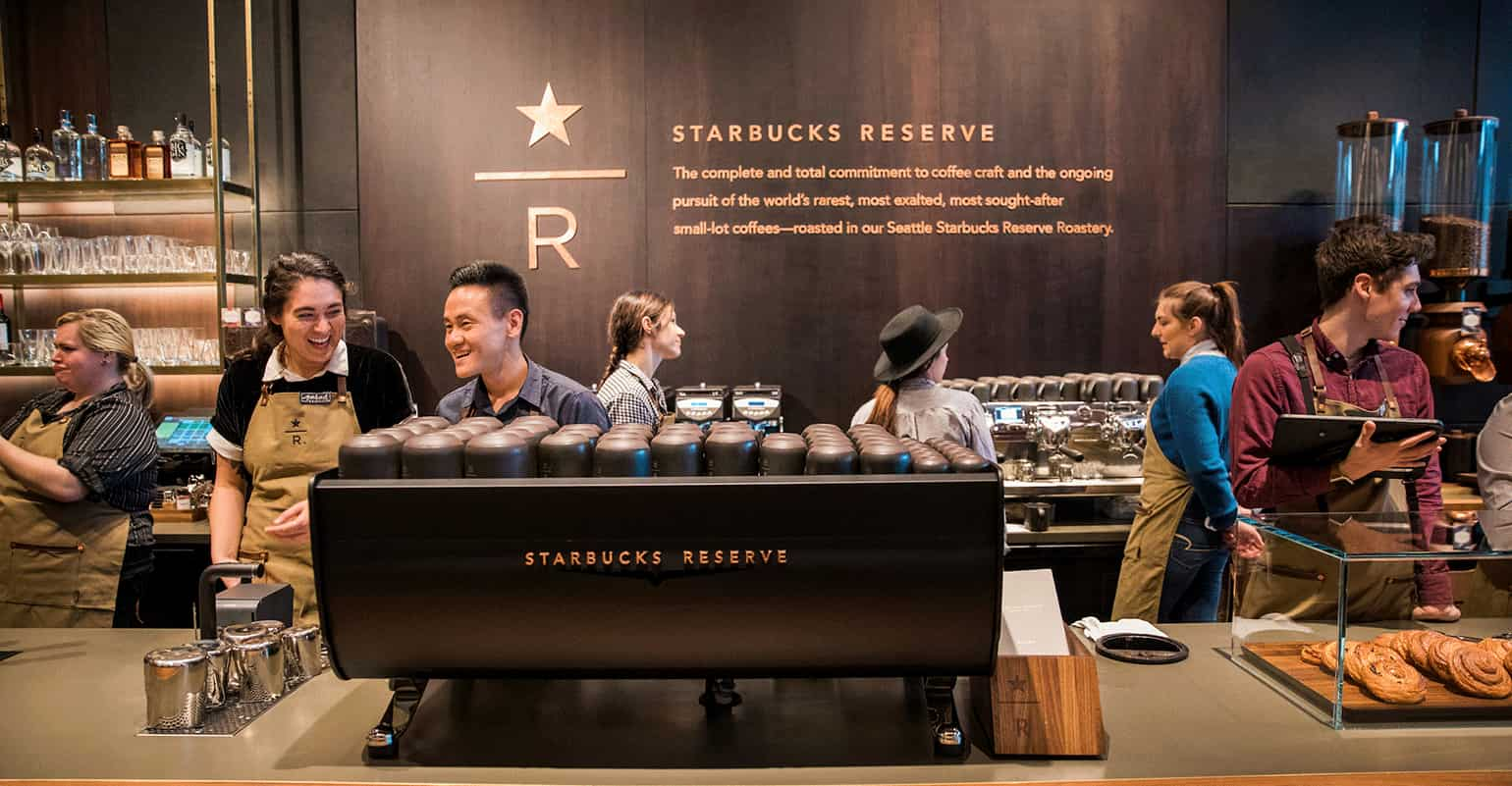 Source: NRN
Source: NRN
McDonald's
McDonald’s is the world’s largest fast-food restaurant chain. Even if you are not a fan of their food, you can't deny that the company does a brilliant job of driving its market penetration.
Like most companies, McDonald's uses a range of strategies to achieve this.
While their menu is built around a number of staples like BicMac and milkshakes, the company constantly experiments with new offerings. These include healthy options like salads and seasonal offerings like Katsu Chicken Nuggets.
McDonald's manages to drive sales also thanks to its clever pricing strategy. This includes bundling up dishes into meals.
Finally, the company invests heavily in advertising and marketing to increase sales and its market share. This includes sponsorship of high-profile sports events like the FIFA World Cup and the Olympic Games.
 Source: Financial Times
Source: Financial Times
12 Tried and tested market penetration strategies
Now that we've seen some excellent examples of market penetration, let's have a look at a few common market penetration strategies that can help you increase the market penetration of your business.
#1 Adapt your pricing strategy
Adjusting your pricing is one of the first things you should consider when trying to increase the market penetration of your product.
Lowering the prices could make it more affordable for your customers, so could potentially increase your market penetration.
However, it may have a negative impact on the perception of your brand. Being perceived as 'cheap' may make your product less desirable.
Changing your pricing from annual to monthly can have a similar effect. It will conversion rates but may result in lower customer lifetime value.
Getting the balance right is a tricky business and requires a fair bit of experimentation and competitor research.
 Source: Amazon
Source: Amazon
#2 Invest in marketing and promotion
If you're a new business, investing in a large-scale marketing campaign will help you grow your brand awareness in the existing market. It will help you reach more users and persuade them to switch.
The choice of channels and marketing assets will depend on your sector. Some popular options for digital products include:
- paid ads
- SEO and content marketing
- social media
- email marketing
- event marketing
- viral marketing
- video marketing
- word-of-mouth (WOM) marketing
- affiliate marketing
- influencer endorsements
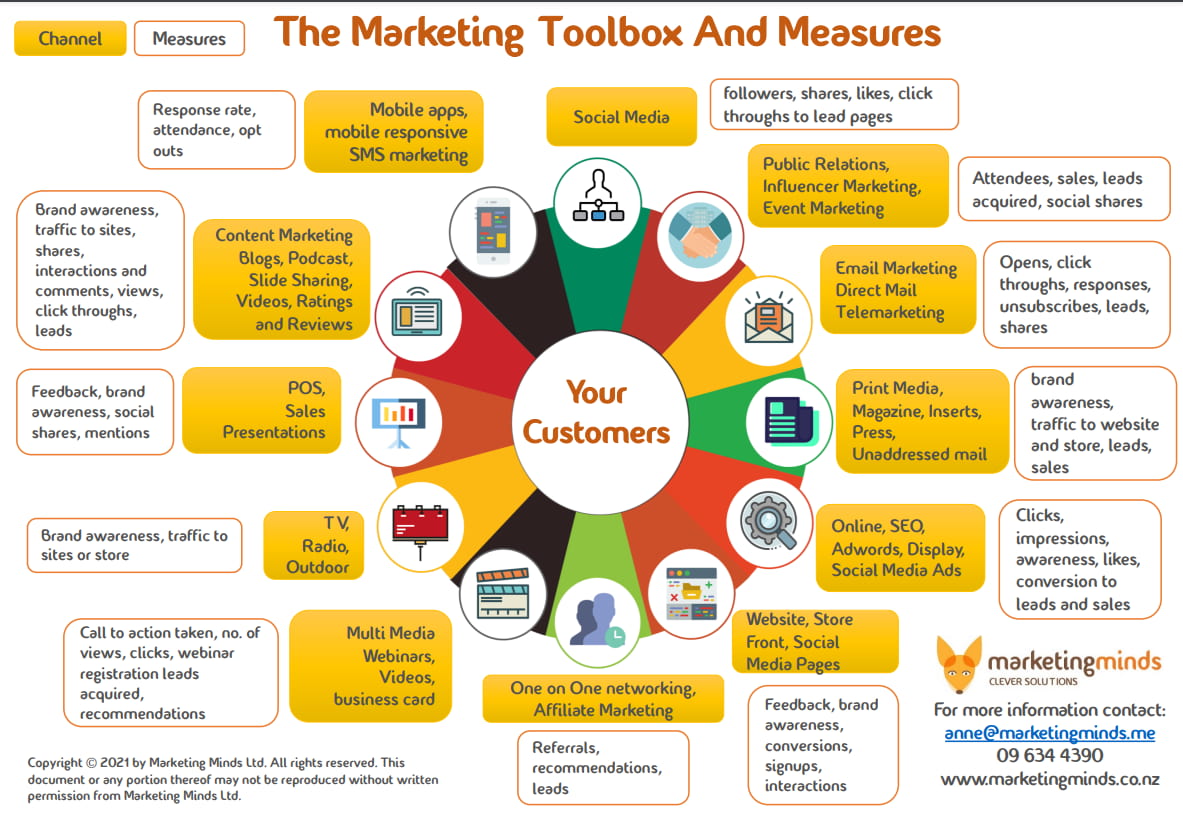 Source: Marketing Mids
Source: Marketing Mids
#3 Improve your product
Improving your product to increase market penetration is a no-brainer.
Copying what works for your competitors could be a start, especially if your offer is lacking. However, ultimately your goal should be to build a product that satisfies customer needs better than everybody else.
Instead, listen to your customers to identify the problems and needs that your product or your competitors don't address and work on solutions. Validate them before implementing them to ensure that this is really what your users need and are happy to pay for.
#4 Change the product design
Modifying your product and or how it's delivered can increase its appeal massively and attract different user groups.
For example, smaller and lighter laptops may be a more attractive offer among weight-conscious users who have to drag them around on their commutes or business trips.
Similarly, packaging could make a massive difference. A 2-liter bottle is not very practical to carry around. Why not sell it in smaller bottles or cans then?
#5 Diversify distribution channels
Instead of relying on just one channel to sell your product, use a few to target different customers with different needs. Make sure to exploit the strengths of each of them.
For example, e-commerce may benefit from brick-and-mortar shops where customers can try out their products, and replace faulty goods or return unwanted items easily.
 Source: Alpkit
Source: Alpkit
#6 Target different sectors
Targeting a different sector within the same market is another way to boost your market penetration.
For instance, the software that you're developing for private-sector companies may also satisfy the needs of public-sector institutions after some customization.
 Source: MS Power User
Source: MS Power User
#7 Expand into different geographical locations
This one is a bit controversial. Whether entering a new geographical location is still market penetration or already falls under market development depends on the product.
For example, for SaaS companies, the distinction seems a bit artificial because there are no real borders on the Internet. However, if you're dependent on physical distribution channels, it does matter.
#8 Localize your product
If you decide to pursue geographical expansion, especially into different countries, make sure to localize your product.
It's a complex process but localization management tools like Centus will save you a lot of effort.

#9 Develop your sales team
Boosting your sales team activity is another way to grow your market penetration.
This may mean expanding the team but also increasing the intensity with which they engage prospective customers.
#10 Remove friction from the purchase process
When it comes to acquiring new customers, you want to make the purchase as easy as possible.
To achieve this, remove all unnecessary steps from the process and make it intuitive.
For example, adding a 'buy now' button to the UI or allowing users to store the payment details in their accounts can speed it up dramatically.
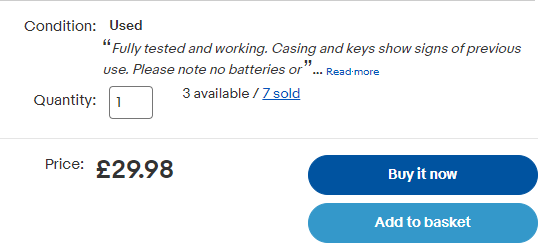 Source: Ebay
Source: Ebay
#11 Acquire your competitors
That's kind of easy. Instead of trying to woo customers away from your competitors, why not take over the competitor and together with their customer base?
Of course, this is easier said than done but acquisitions (or mergers) are something worth considering if you're an established business.
In addition to new customers, acquisitions can give you access to new technology and know-how that you can use to enhance your product even further.
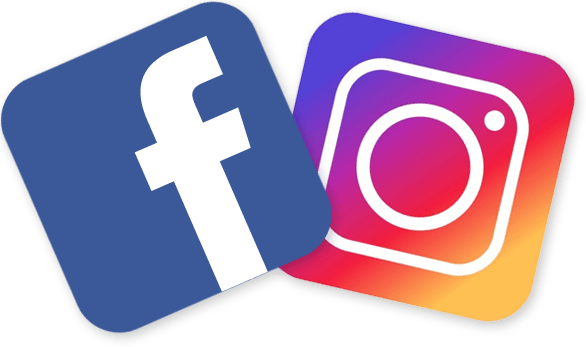 Source: Montclair
Source: Montclair
#12 Build a moat
Increasing your market penetration isn't only about acquiring new customers but also retaining existing ones. Building a moat around your product will protect it from competitors trying to steal your customers and make it difficult for your customers to leave.
How can you do that?
First, make your product or business model difficult to replicate. For example, if your SaaS product depends on the content created by the users, like videos for YouTube, then copying your product features won't be of any use to your competitors.
And the more content users create, the more reluctant they'll be to switch if they can't reuse it on different platforms.
Market penetration isn't the only way to promote internal business growth. Read this article for insights and strategies on driving the internal growth of your business.
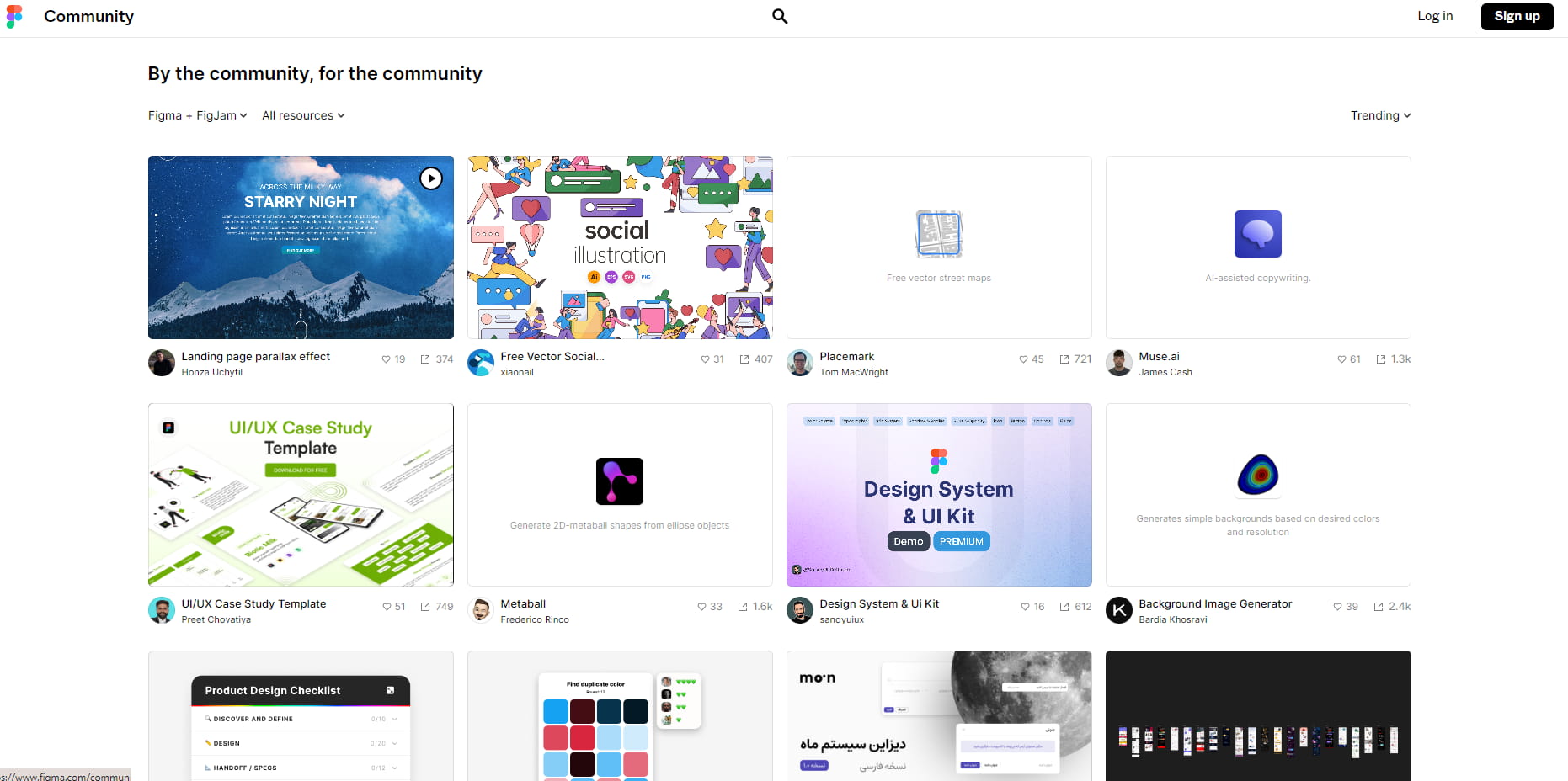 Source: Figma
Source: Figma
How to calculate market penetration rate
To calculate the market penetration rate, you need to divide the number of your customers by the number of all prospective users in the current market and multiply it by 100.
Market Penetration Rate = (Number of customers/Target Customers) x 100
Let's imagine you build antivirus software. Currently, you have 0.7 million users in the country. If there are 12 million PC users in the country, your market penetration is around 5.8%
(0.7/12) x 100 = 5.8%
Is this a good number? In B2C, the good range is between 4 and 6%, so you're smashing it. For B2B products, however, a good rate falls somewhere between 10% and 40%.
Market penetration vs market share
Market penetration is often confused with market share, and the two terms are often used interchangeably. However, they refer to two different concepts.
As mentioned, market penetration is the percentage of your total estimated market size that you sell to during a period of time. So if your company has a target market of 10000 customers and you sell to 2000 of them, your market penetration is 20%.
Market share, on the other hand, is the percentage of the total market value that your company claims. So the revenue from your 2000 customers may give you 1% of the total market value.
For most businesses, it's the revenue that matters most, and increasing market penetration is one of the vehicles to achieve that.
Market penetration vs. market development
Another term that is often confused with market penetration is market development.
Both market penetration and market development are business growth strategies. They both leverage your existing products to develop your business.
The easiest way to distinguish the two is by asking whether you're expanding in a new or existing market.
If you're entering a new market, we talk about market development. If you're growing your business in existing markets, it's market penetration.
How relevant the distinction is depends on your sector. For example, in SaaS, the borders between markets could be very fluid and you may use similar strategies to expand in new or existing markets.
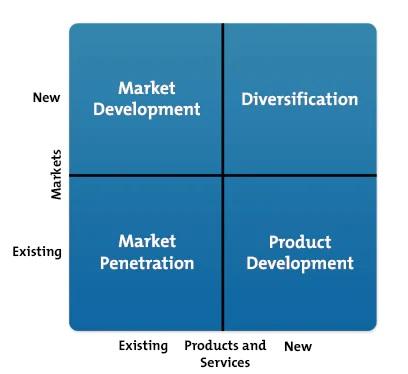 Source: Oxford Learning Lab
Source: Oxford Learning Lab
High market penetration benefits
As a growth strategy, market penetration has a number of clear benefits:
- increased sales and financial success
- greater brand awareness and equity
- increased product visibility in the market
- lower costs thanks to economies of scale
Risks of increasing market penetration
To realize the benefits, however, your expansion needs to be well-planned and supported with adequate resources. Some common risks involved in market penetration include:
- incoherent product and brand identity
- damage to company image as a result of attracting the wrong customer groups (think Burberry and the 'chav' culture)
- inconsistent marketing strategy
- the strain on company resources and infrastructure, and the lack of alignment between different departments.
Get the week's best content!
By subscribing, you are agreeing to have your personal information managed in accordance with the terms of Centus Privacy Policy ->
Keep learning
12 min. read
Building an Effective International Expansion Strategy
15 min. read
8 International Expansion Failures Examples

13 min. read